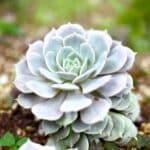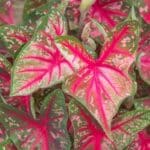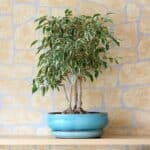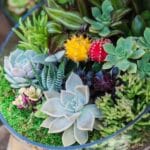Are you looking for houseplants to add to your indoor collections? Think no further than the Monstera varieties. They are attractive plants that will spice up your home or office.
Monsteras have different varieties, including the Obliqua and Adansonii, which will be discussed subsequently in this article.
Meanwhile, most people confuse both varieties to be the same. While they may not be entirely wrong, there’re still few differences to be drawn from monstera obliqua vs adansonii.
For instance, the Monstera Obliqua has slender paper-like leaves and too many holes, while Adansonii’s leaves are a little rough and have holes, but not as many as that of the Obliqua.
More details on that later!
Table of Contents
What is Monstera Obliqua?
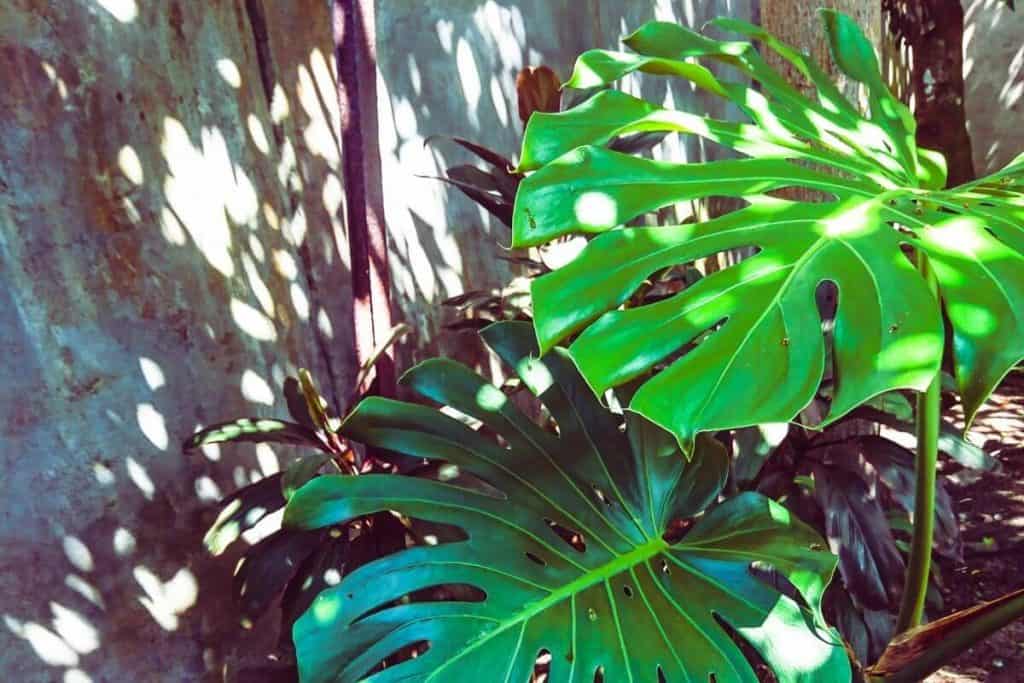
The Monstera Obliqua is a delicate and leathery unicorn of the plant world, made up of slender and paper-thin leaves and textured foliage, making it an excellent addition to the houseplant collections.
Its fenestrated leaves are not apparent plant features, as it carries more holes than even leaves.
The weird looks of its leaves earned it the name “Obliqua Peru” because it grows in the Peru forests. It is considered one of the most expensive plants because of its scarcity.
It is also referred to as the Swiss Cheese Vine because of its striking similarity with the Holey Swiss Cheese.
Meanwhile, its huge silky leaves can make you mistake it for Philodendrons; hence it is sometimes known as Philodendron Obliqua, yet it is never a Philodendron.
Like we earlier mentioned, they are very rare, expensive, and challenging to keep alive once dead.
Related Post: Monstera Variegata Care
What is Monstera Adansonii?
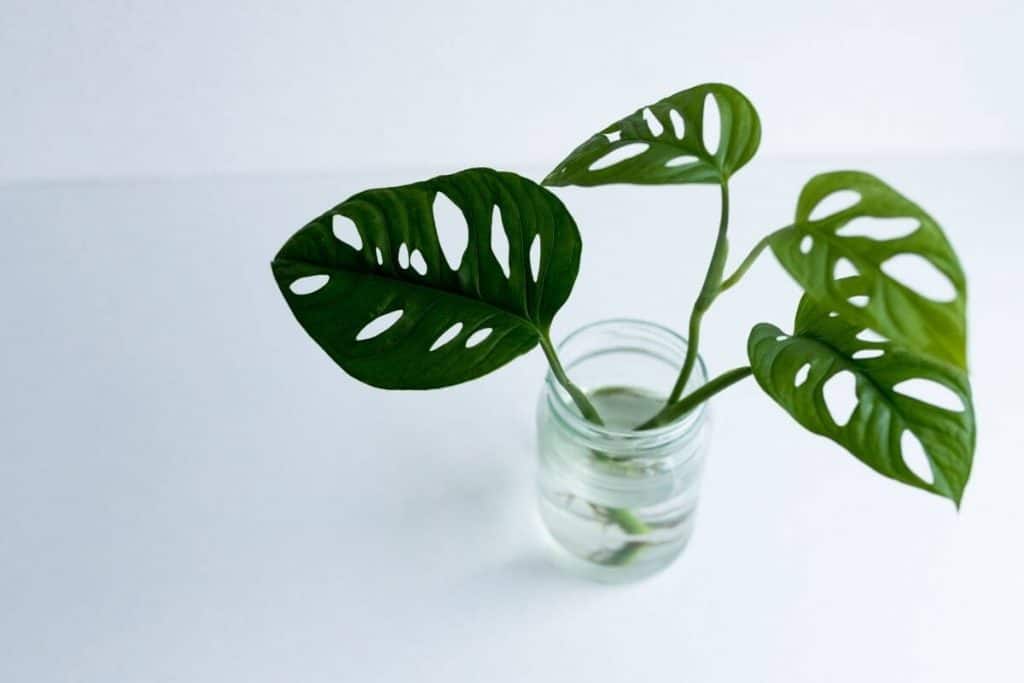
The Monstera Adansonii, sometimes called the Swiss Cheese Plant, is a wonderful flowering plant with attractive heart-shaped leaves.
Due to its oval-shaped holes or fenestrations spotted all over the leaf, it is sometimes referred to as Monstera Adansonii Swiss Cheese or Swiss Cheese Plant.
It is also a species of flowering plant from the Araceae family, which is widespread across much of South America and Central America.
You can also see traces of it in the West Indies on Islands like Antigua, Grenada, Saba, St. Kitts, Guadeloupe, Marie, and St. Lucia, amongst others. It is quite predominant close to river valleys at lower elevations.
The Adansonii variety can grow at 3 to 5 inches tall as a houseplant and 13 inches tall as a vine. It has Monstera Adansonii ‘Archipelago’ with variegated leaves, almost similar to Monstera Deliciosa ‘Variegata.’ The plant is rare but most commonly found in the USA and Asia.
Monstera Obliqua Vs Adansonii
| Monstera Obliqua | Monstera Adansonii |
| Has slender, paper-thin leaves | Grows a more rough and thick leathery leaves |
| Holes on leaves are a little bigger, and too many | Grow holes, but smaller and fewer than that of the Obliqua variety |
| Readily forms Stolons | Do not readily form Stolons |
| Leaves have slightly wavy edges | The leaves edges are straight |
| Have a more stunted growth rate | Have a more rapid growth rate |
| More scarce and expensive | Less scarce and cheaper |
Differences Between Monstera Obliqua and Adansonii
The Monstera Obliqua and Adansonii varieties possess notable similarities for the first few years of growth, confusing most people into mistaken one for the other. The differences only become more evident with their maturity.
The Monstera Adansonii grows thick leathery leaves instead of the slender, paper-thin leaves of the Monstera Obliqua. Other physical differences manifest themselves as the plants grow older, like the size difference.
The Monstera Obliqua is smaller when completely grown and features a much-stunted growth rate than the Monstera Adansonii.
Again, the Obliqua variety also develops leafless runners, otherwise known as Stolons, which can grow up to 60 feet in length in their natural habitat.
Their hefty pricing and scarcity aside, Monstera obliqua variety is infamously hard to care for or maintain.
This is because of its delicate leaves that are effortlessly damaged by the effect of direct sunlight or extended exposure under LED grow lights requiring a humid environment with moisture levels of 80%.
On the other hand, the Monstera Adansonii variety possesses leaves that are a little rough and thicker than the former.
Like the Obliqua variety, its leaves will be damaged if exposed to excessive sunlight, but not as effortless as the former, while its humidity levels are around or over 60%.
How are Monstera Obliqua and Adansonii Similar?
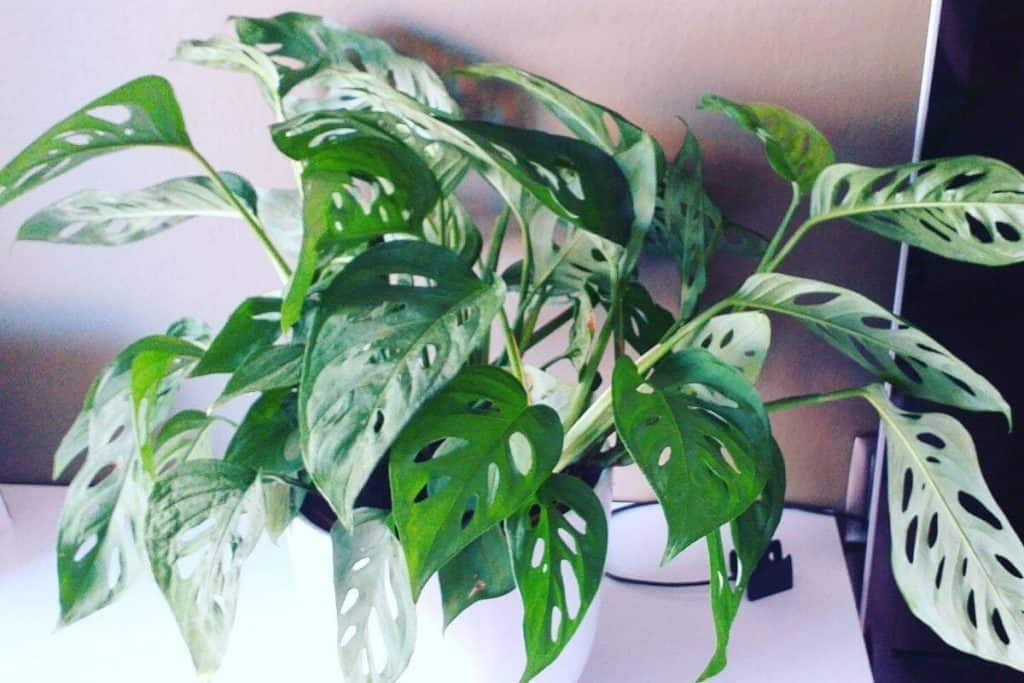
Well, despite the increasing differences between the Monstera Obliqua and the Adansonii variety as they grow mature, there remains some glaring similarities in them, one of which is that they are both indoor plants from the same Araceae family.
Secondly, they thrive in bright natural light and will do best when receiving bright indirect sunshine.
In other words, they are both prone to the destructive effects of direct sun, which can burn and destroy their foliage, causing their leaves to wear out; hence, the need to keep them away from direct sunlight.
Both varieties also need regular watering. For instance, their soil must be kept moist but not excessively soaked in summer to avoid root rot.
Also, both require good drainage holes underneath the pots or containers to allow excess water to drain freely from the plants’ roots.
Both varieties also demand repotting at some stage in their cycle. They will eventually overgrow the pots, even though it will take some time (the Obliqua can take quite a longer period). Also, both require an all-purpose liquid fertilizer at half-strength with an NPK ratio of 20-20-20.
Both varieties do not require regular pruning, as they are slow growers, although you can trim off their dead leaves to help control their growth. Then, despite their little differences in propagating, both plants require propagation to multiply the plants.
What's Better About Monstera Obliqua?
There's this general myth that the Monstera Obliqua has "90% holes and 10% leaf." This only generally applies to mature Peruvian forms of Obliqua.
There are also other forms of Obliqua that are usually found elsewhere in South America that have few if any holes at all.
You can't find Obliqua in any nursery. Most Obliqua are passed between private collectors and are extremely expensive, which makes it an exciting proposition. As the saying goes, "Good things don't come cheap."
What's Better About Monstera Adansonii?
The Monstera Adansonii has a much more satisfying rate of growth and makes for a much better houseplant. You will be happier with this variety, in addition to the fact that it is less expensive, not challenging to find, and easy to maintain or care for.

